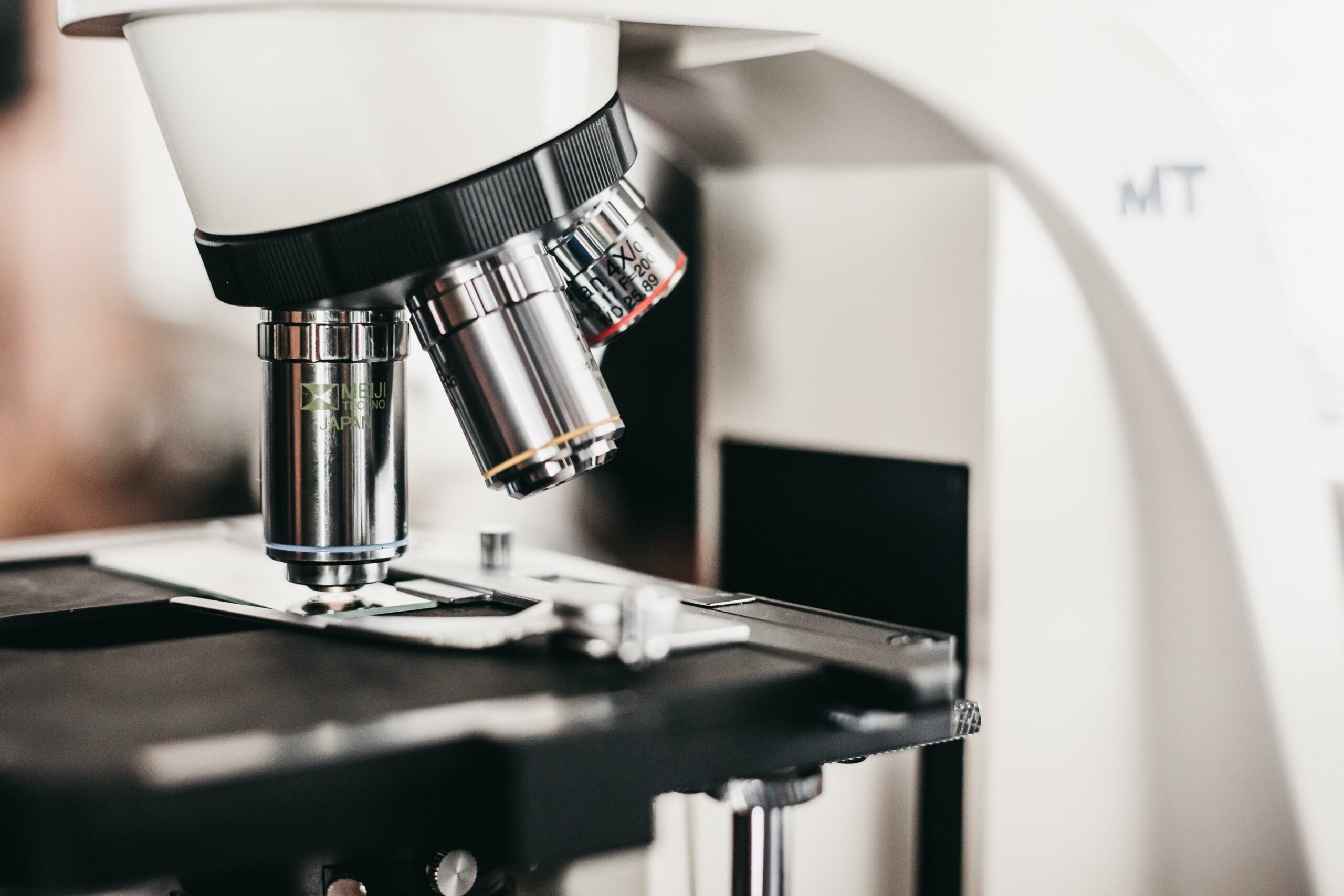Step back in time and embark on a captivating journey through the annals of scientific discovery. In this enlightening article, we delve deep into the fascinating history of compound microscopes, uncovering the evolution of these ingenious scientific instruments and the profound impact they have had on our understanding of the world. Join me as we explore the chronicles of lens technology breakthroughs, ingenious inventions, and cutting-edge advancements that have forever shaped the course of scientific exploration. Get ready to be enthralled by the intriguing tales of compound microscopes and their role in shaping the way we perceive the world around us.

History of Compound Microscopes
Compound microscopes have an intriguing history that spans centuries, filled with remarkable inventions, breakthroughs in lens technology, and monumental impacts on scientific discovery. As an accomplished historian of science, specializing in the history of scientific instruments like compound microscopes, I am thrilled to take you on a journey through time to uncover the origins, evolution, and profound significance of these remarkable devices.
Origins: Invention and Early Development
The history of compound microscopes can be traced back to the late 16th century when Dutch optician Hans Jansen and his son Zacharias first introduced this revolutionary tool. Although their initial designs were rudimentary compared to the microscopes we know today, they laid the groundwork for what was to come. But it was the brilliant mind of Galileo Galilei in the early 17th century that propelled the development of compound microscopes further. Galileo’s incorporation of a convex and a concave lens enabled increased magnification, bringing the microscopic world into clearer focus.
Influential Discoveries and Terminology
One of the most significant contributions to the field of microscopy came from English scientist Robert Hooke. In his influential book “Micrographia,” published in 1665, Hooke used compound microscopes to examine various tissues. His meticulous observations and intricate illustrations led him to coin the term “cells” when describing the tiny compartments that make up living organisms. Hooke’s work established an essential foundation for understanding the intricate structure and organization of life.
Authentic snapshots of the microscopic world were not only captured by Hooke; they were magnified in unprecedented detail by Antony Van Leeuwenhoek. In the mid-seventeenth century, Van Leeuwenhoek honed his skills as a lens grinder and became the first to use compound microscopes to make groundbreaking discoveries. Through his meticulous observations, Van Leeuwenhoek unraveled a world teeming with microbial life, fundamentally altering our understanding of biology and paving the way for future scientific breakthroughs.
Technological Advancements: Revolutionizing Scientific Research
At the heart of the compound microscope lie its lenses, which work in harmony to magnify objects under examination. Over time, advancements in lens technology significantly enhanced the capabilities of compound microscopes. From improving overall magnification power to reducing aberrations and increasing resolution, these advancements enabled scientists to explore the microscopic realm with ever-increasing precision and clarity.
The invention of the compound microscope revolutionized scientific research by opening up new avenues of exploration. Its ability to magnify objects with exceptional detail allowed scientists to delve into the intricacies of cells, uncovering the building blocks of life. Furthermore, compound microscopes played a crucial role in enabling groundbreaking discoveries in various scientific fields, including biology, chemistry, and medicine.
“The compound microscope, with its remarkable capacity to reveal hidden worlds, has been the guiding light for numerous scientific breakthroughs throughout history.”
As technological progress marched on, microscopes continued to evolve. From simple, single-lens designs to more complex instruments with multiple lenses and advanced illumination systems, the compound microscope adapted to meet the demands of scientific inquiry. These advancements propelled the field of microscopy further, fueling new discoveries and expanding our understanding of the natural world.
Impact on Scientific Discovery
It is impossible to overstate the impact that compound microscopes have had on scientific discovery and our understanding of the world. They have played a pivotal role in numerous significant advancements, such as the identification of microorganisms, the unraveling of the cell theory, and the exploration of the intricate structures within organisms.
Microscopy has been instrumental in facilitating major breakthroughs in various scientific fields. In medicine, it has empowered doctors and researchers to diagnose diseases, study pathogens, and develop life-saving treatments. In biology, it has provided deeper insights into the complexities of living organisms, from the smallest cell to intricate ecological systems. Furthermore, in chemistry and materials science, microscopes have played a crucial role in analyzing the composition and properties of substances at an atomic and molecular level.
“The compound microscope stands as a testament to humanity’s insatiable curiosity and relentless pursuit of knowledge, allowing us to see beyond the limits of our own perception.”
Conclusion
The history of compound microscopes is a captivating journey filled with remarkable inventors, innovative developments, and profound impacts on scientific discovery. From the humble beginnings of Hans and Zacharias Jansen to the groundbreaking discoveries of Robert Hooke and Antony Van Leeuwenhoek, the evolution of these instruments has shaped our understanding of the microscopic world. Through technological advancements and the application of these incredible tools, scientists continue to uncover new knowledge and push the boundaries of human understanding. The astonishing legacy of compound microscopes reminds us of the power of scientific instruments in driving progress and illuminating the wonders of the natural world.
A compound microscope is an essential tool for scientists and researchers alike. It allows for detailed examination of tiny objects, revealing a whole new world of discoveries. Whether you’re studying cells, bacteria, or even geological specimens, a compound microscope provides unparalleled clarity and precision. Unlock the secrets of the microscopic world by exploring our collection of compound microscopes. Click here to discover more about the wonders of the compound microscope: Compound Microscope
FAQ
Question 1
When were compound microscopes first invented?
Answer 1
Compound microscopes were first invented by Dutch optician Hans Jansen and his son Zacharias towards the end of the 16th century.
Question 2
Who developed the compound microscope with a convex and a concave lens?
Answer 2
Galileo Galilei developed the compound microscope with a convex and a concave lens in the early 17th century.
Question 3
Who coined the term ‘cells’ in relation to tissue?
Answer 3
Robert Hooke coined the term ‘cells’ when describing tissue in his book Micrographia.
Question 4
Who was the first to use compound microscopes to make discoveries?
Answer 4
Antony Van Leeuwenhoek, in the mid-seventeenth century, was the first to use compound microscopes to make discoveries.
Question 5
What is the function of a compound microscope?
Answer 5
Compound microscopes consist of lenses that magnify images, enabling detailed observation and analysis. They have played a significant role in the field of biology and have contributed to major scientific discoveries and advancements in various fields.
- Unlock Water’s Symbolism: A Cross-Cultural Exploration - April 20, 2025
- Identify Black and White Snakes: Venomous or Harmless? - April 20, 2025
- Unlocking Potential: Origins High School’s NYC Story - April 20, 2025















